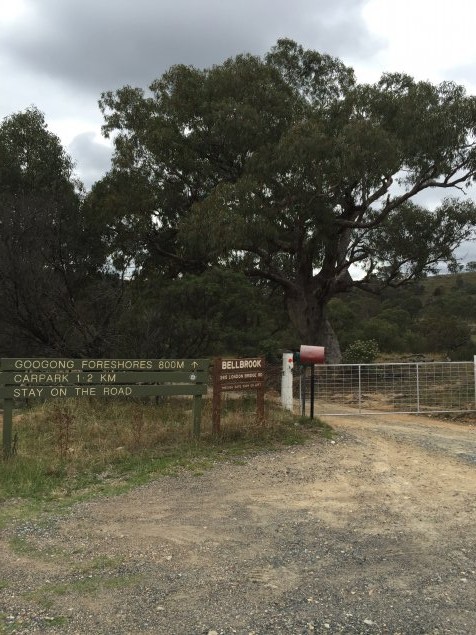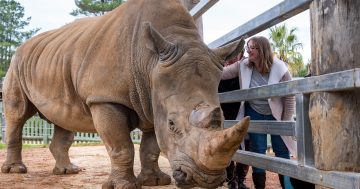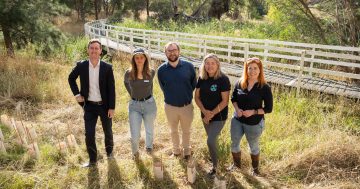As this is my first post for the RiotACT I thought I’d start with a little introduction. First things first: Hello! My name is Fiona and I am a proud Canberran. I’ve recently joined the RiotACT team and will be bringing you weekly columns on outdoor life in the Capital and surrounds.
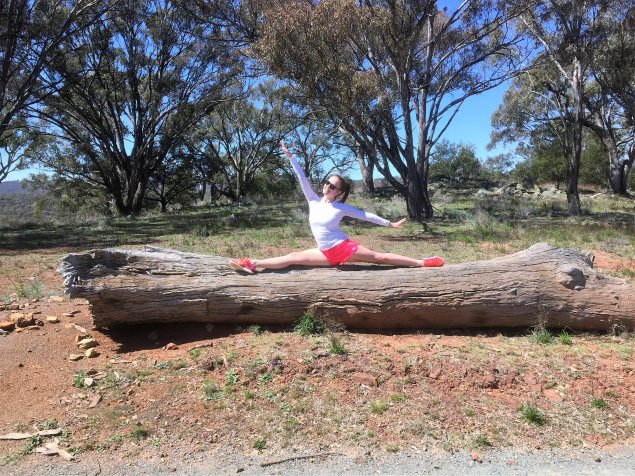
I was born and grew up in Canberra, firstly in Canberra’s south and then on a farm about 20kms east of Queanbeyan. I spent close to five years living in the UK training and then working as a professional ballerina before returning to Australia and my hometown. After I stopped dancing, I was searching for a way to keep active which would be enjoyable as well as rewarding. Gyms could never keep my interest – not from a lack of trying, I think I’ve held a membership to every gym in Canberra at one time or another! Eighteen months ago I discovered the answer, something I ashamedly had never realised before. Right on my door step was a plethora of amazing bushwalks and hikes which not only are a fantastic way to exercise but are also incredibly beautiful. I had always been an inside kid, preferring the ballet studio to an oval but from that moment my passion for the great outdoors was born! I love discovering amazing scenery and learning about local history while feeling the fresh air on my face and my muscles ache from a new challenge. Bushwalking is my favourite addiction. But enough about me, let’s get to what you came here for!
Today I am going to share with you one of the first walks I did when I started exploring Canberra’s surroundings, the London Bridge Arch. I’ve done this walk a number of times, most recently the Australia Day long weekend of 2016. The walk starts from the London Bridge Carpark which is about a 40min drive from central Canberra. Just south of Queanbeyan via the southern entrance to Googong Foreshores. Directions are detailed at the end of the post.
London Bridge Arch is a reasonably short, easy walk with one moderately challenging slope. A round trip to the Arch and back takes approximately 30 mins, or about an hour if you extend on to the Homestead before returning. It is fairly well signposted and quite an amazing sight to behold.
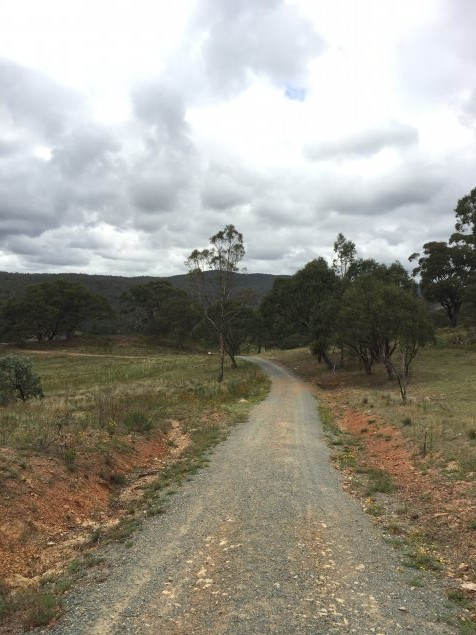
After a quick walk up a small hill from the carpark you’ll find a left turn signposted to the arch. The surrounding valley is very picturesque and I spotted plenty of kangaroos basking in the sun amongst lovely blue wildflowers. Once you have made the turn down the track for the arch you’ll shortly find yourself in a flat, rocky area. This is the top of the arch. From up here you have great 360-degree views of the valley and Burra Creek which runs under the arch. There are signs dotted around warning you of sharp drops so watching your step is important as you make your way down the rocks. There is no real track as such in this section however if you apply some common sense it’s easy to navigate your way to the bottom. From here you turn right and find yourself looking up at the incredible natural arch.

Research states the origins of the arch date back to a time 420 million years ago when limestone began to form as sediment. Over time the arch was formed by water slowly leaching through the limestone, enlarging cracks until a passage became large enough for Burra Creek to pass through. Looking at the creek now, it’s hard to believe that the small trickle of water would be sufficient enough to carve out such an impressive hole in the limestone.
From the base of the arch you can also spot a small cave high up in the rock. In a dry period, the cave is accessible by hopping across the stones in the creek bed however caution must be exercised if you are not looking for a quick dip. I found the cave to be a bit spooky and didn’t venture far inside, especially after hearing the rumours of human remains being found in there. I’ve been assured these rumours are false, although many small marsupial bones have been unearthed from the cave over the years.
Leaving the arch behind, it’s short walk down to another shallow creek crossing. Depending on the recent rainfall, this crossing can range from a quick step across the stones to an ordeal of epic tightrope walker proportions. I have witnessed both ends of the scale and whilst I have never fallen all the way in, I have certainly experienced a soggy walk back to the car with wet shoes and socks…

Now comes the hill I mentioned earlier. It’s short but reasonably steep, over quickly but I was starting to lose my breath by the end. At the top of the hill is a T junction. Turn right to head back to the carpark, and left to head down to the old homestead.
The London Bridge Homestead, which was acquired by the Commonwealth in 1973 to protect catchment of the Googong Dam, is now only viewable from behind a high secure fence. The homestead consists of the original 1860s stone cottage and slab hut as well as more recent additions of cement and weatherboard buildings. It’s well worth taking a moment to explore the homestead and surrounds including the sheep yards and the views down the valley beyond.

Returning to the carpark is about a 20min walk straight back along the track you came.
It’s well worth a mention that the carpark is positioned in a lovely spot complete with picnic tables, a BBQ and toilets. Seeing as though it is such a quick walk, it is a great opportunity to treat yourself to a nice picnic lunch among the wildflowers and wildlife with plenty of time left in the day to get your chores done. Perfect.

Quick facts:
Walking distance: 4km (1km if you decide not to include the homestead)
Walking time: approx. 1 hour (allowing plenty of time for exploring along the way)
Walking grade: Easy (one short, steep hill & shallow creek crossing)
How to get there:
There are a few ways to start the journey however I chose to go through Jerrabomberra, turn onto Old Cooma Road and head past Googong.
Once on Old Cooma Road (which you follow for approximately 8km) it’s a left turn onto Burra Road. Travel approximately another 8kms down Burra Road then take another left on to London Bridge Road. London Bridge Road is a dirt road however I made the trip easily in my little hatchback. You will pass through one gate which if you find closed is ok to pass, just make sure you close it again once you are through. The second gate however takes you into Googong Reserve and these gates are locked at nightfall by the rangers so make sure to plan accordingly. The carpark is at the end of an approx. 3.5km road.
